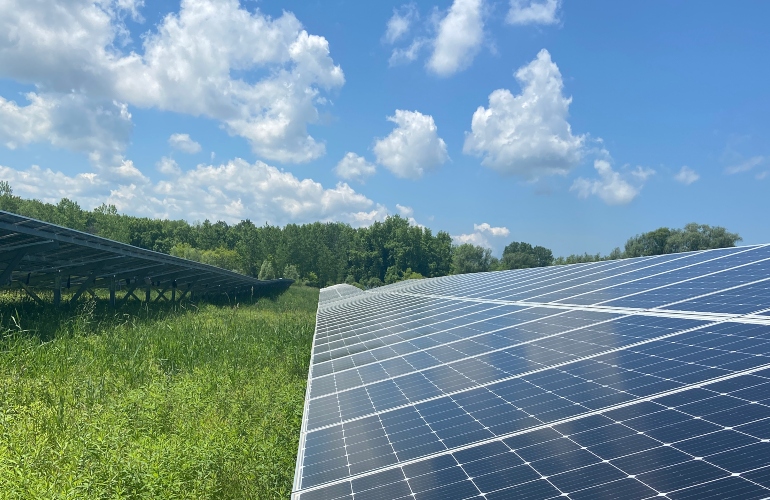
Shared solar programs are state-led initiatives that make solar energy affordable for the public. These programs reduce energy costs and pollution while providing wide-scale access to renewable energy. But before you get started, here are some questions to ask yourself. First, who is eligible for a Shared Solar Program? And what are the requirements for participating? In this article, we’ll answer both questions. And you can also read more about the benefits of Shared Solar Programs.
Shared solar programs are a state-led initiative.
Connecticut is pivoting toward climate-change initiatives through its power sector. In January, the state shifted the popular residential solar program to utilities. Formerly known as net metering, the program compensated homeowners for any surplus power they generated and sold back into the grid. The utility paid these homeowners at the retail price of electricity. Other solar programs operate on a tariff system. The state is looking to implement these programs in residential buildings to help combat climate change and increase customer choice.
The CSD chose two projects led by GRID Alternatives. These projects are designed to provide solar panels to eligible low-income residents. The state hopes to make solar more affordable for thousands of families in low-income communities. As these programs begin to be implemented, more communities will be able to benefit. In addition, the New York-Sun initiative has been instrumental in expanding the solar industry in New York State. More than three gigawatts of distributed solar have been installed statewide, and another 2.7 gigawatts are under development, bringing the state to 95 percent of its six-gigawatt goal.
They provide broad access to solar energy.
To achieve the goal of providing broad access to solar energy, community solar programs need to be more inclusive than ever. With this in mind, two New York municipalities are partnering with Joule Community Power to pilot a community solar program called “Community Choice Solar.” This new approach avoids the traditional barriers to participation by automatically enrolling residents and offering an opt-out option. The New York Department of Public Service approved the program for rollout in September 2020.
One of the most significant challenges is that community solar programs can be expensive. While a single household may be able to save around 10% per year on energy costs, the cost can quickly add up. However, these modest savings could be significant for some low-income households. Households with incomes less than twice the federal poverty level spend almost triple the median on energy bills than other households. To help residents afford community solar programs, state and local governments can adopt policies that will make it easier for low-income households to take advantage of the benefits.
They reduce energy costs.
The energy costs of most households can be reduced by 10 to 20 percent with a community solar subscription. Typically, community solar subscribers receive two monthly bills: one from the solar farm and one from their local utility company. The savings are significant. With the costs of energy rising, low-income households are often under …